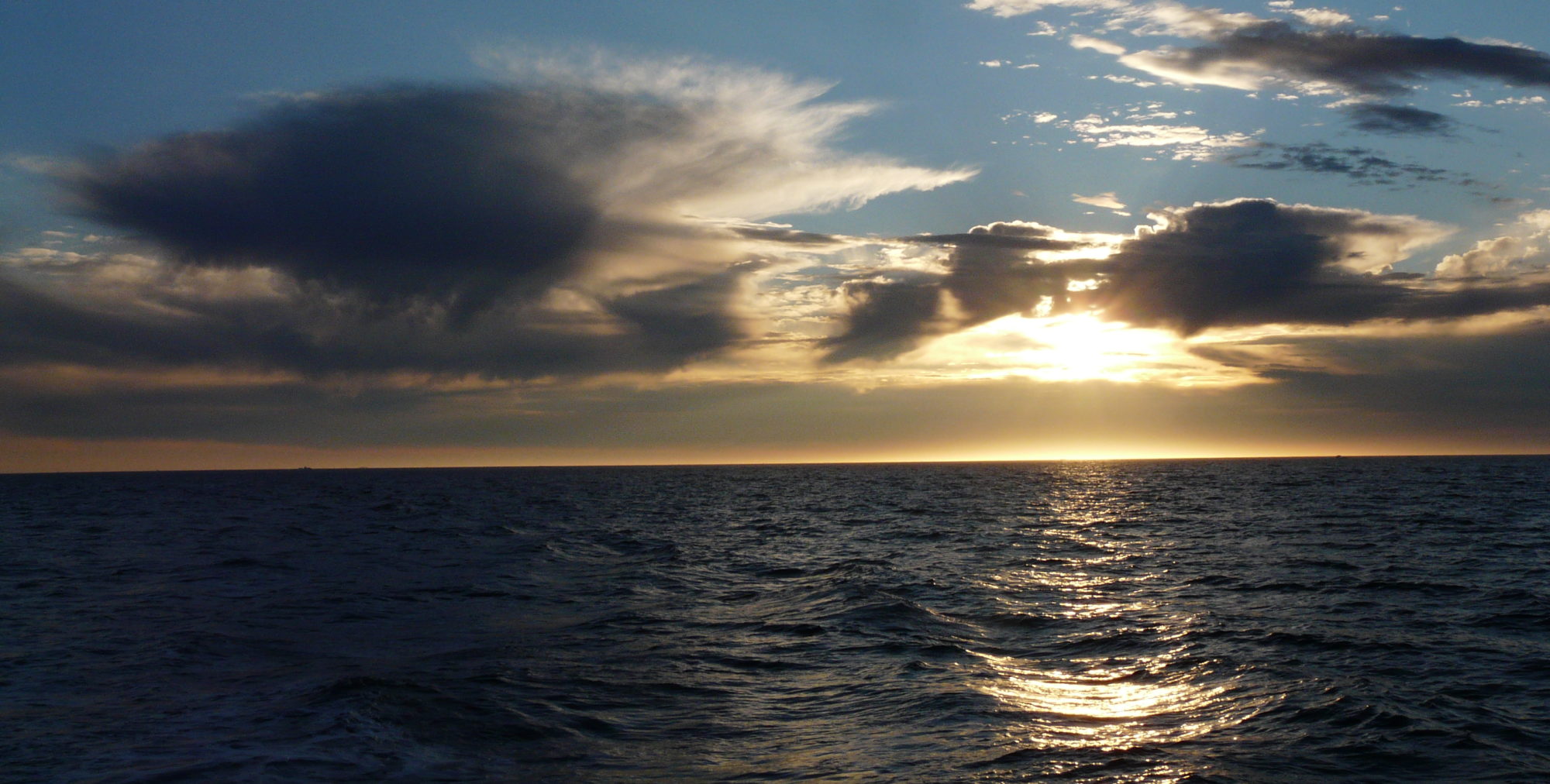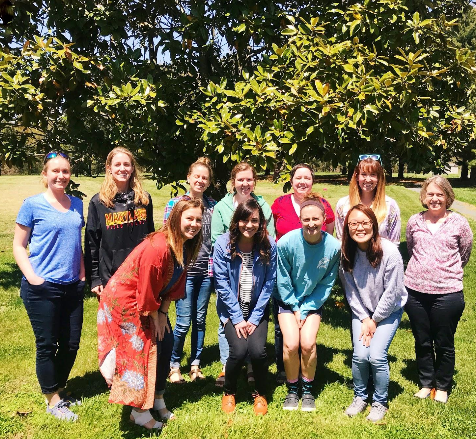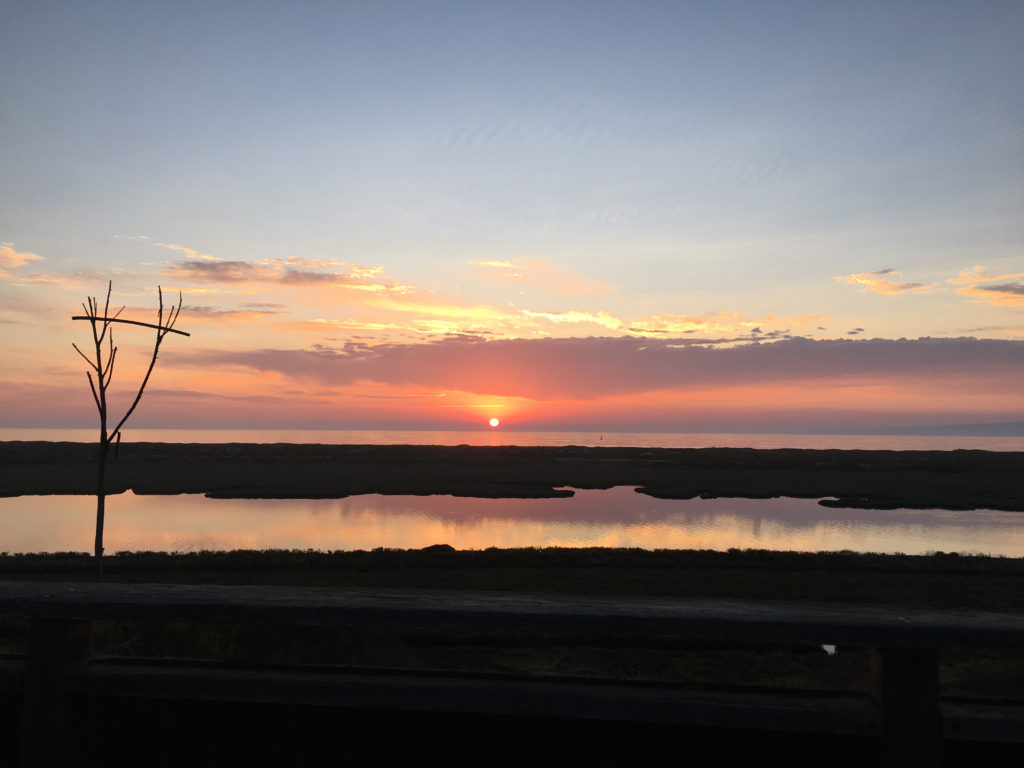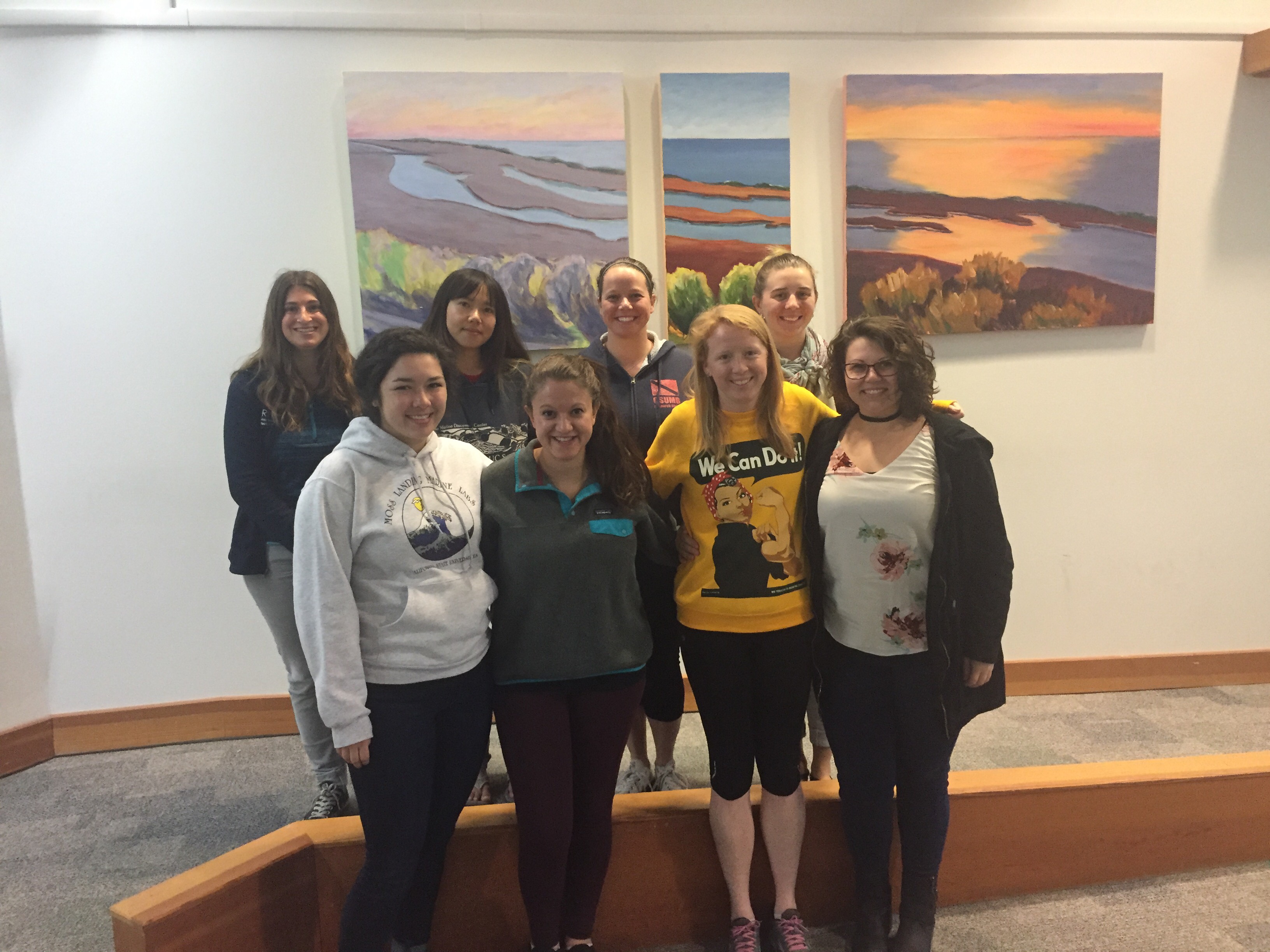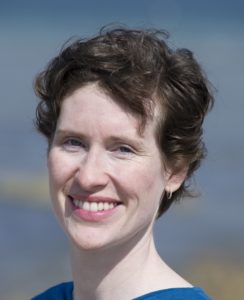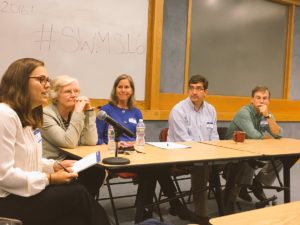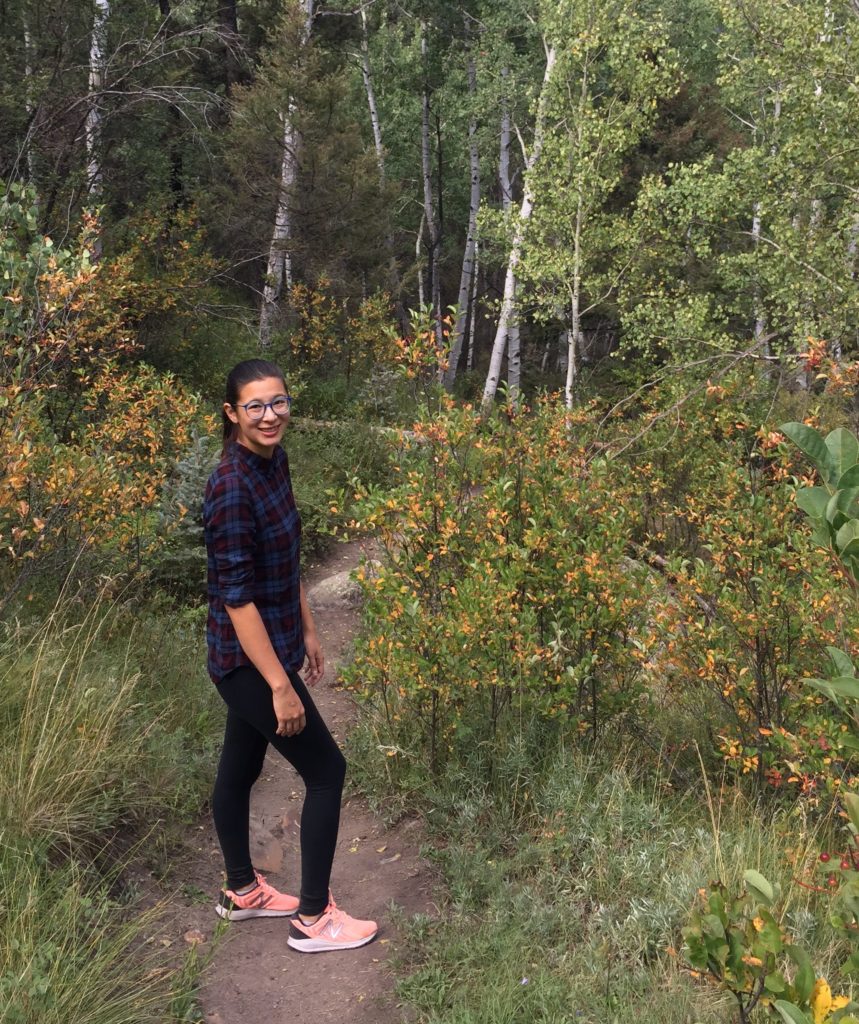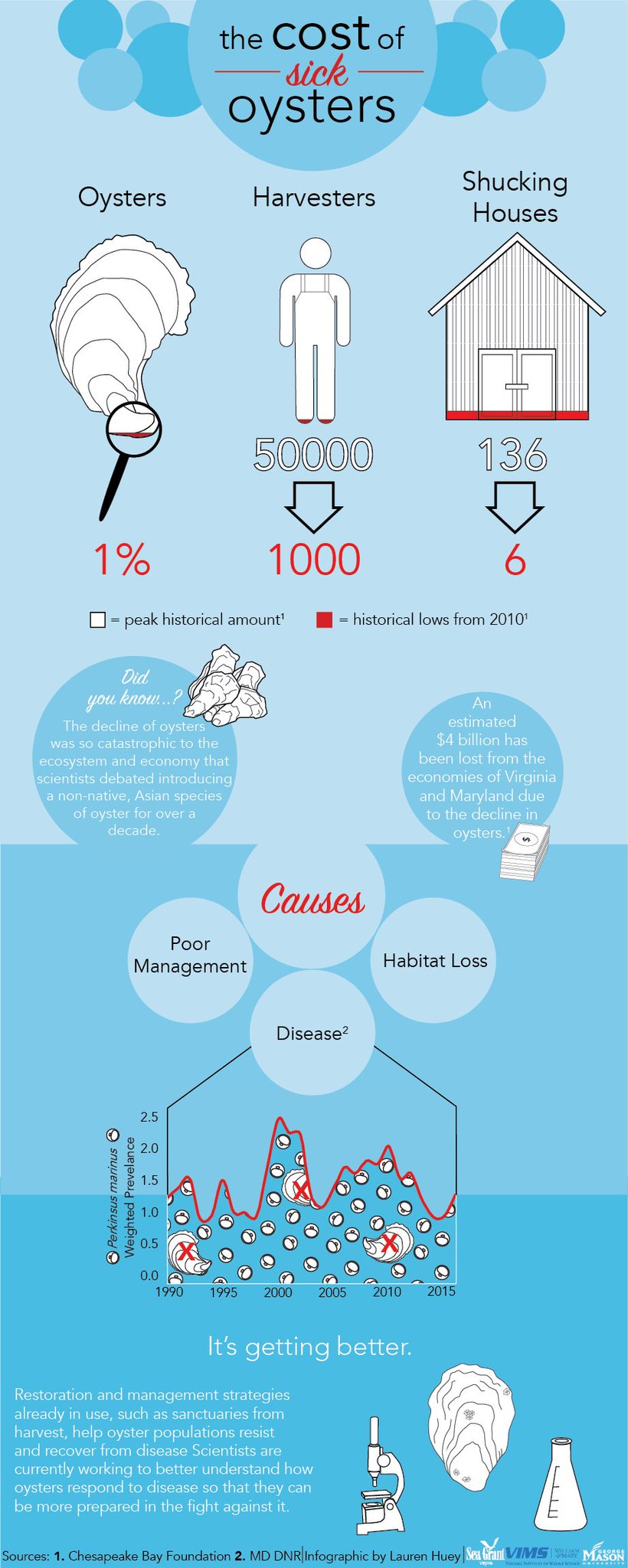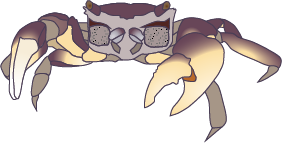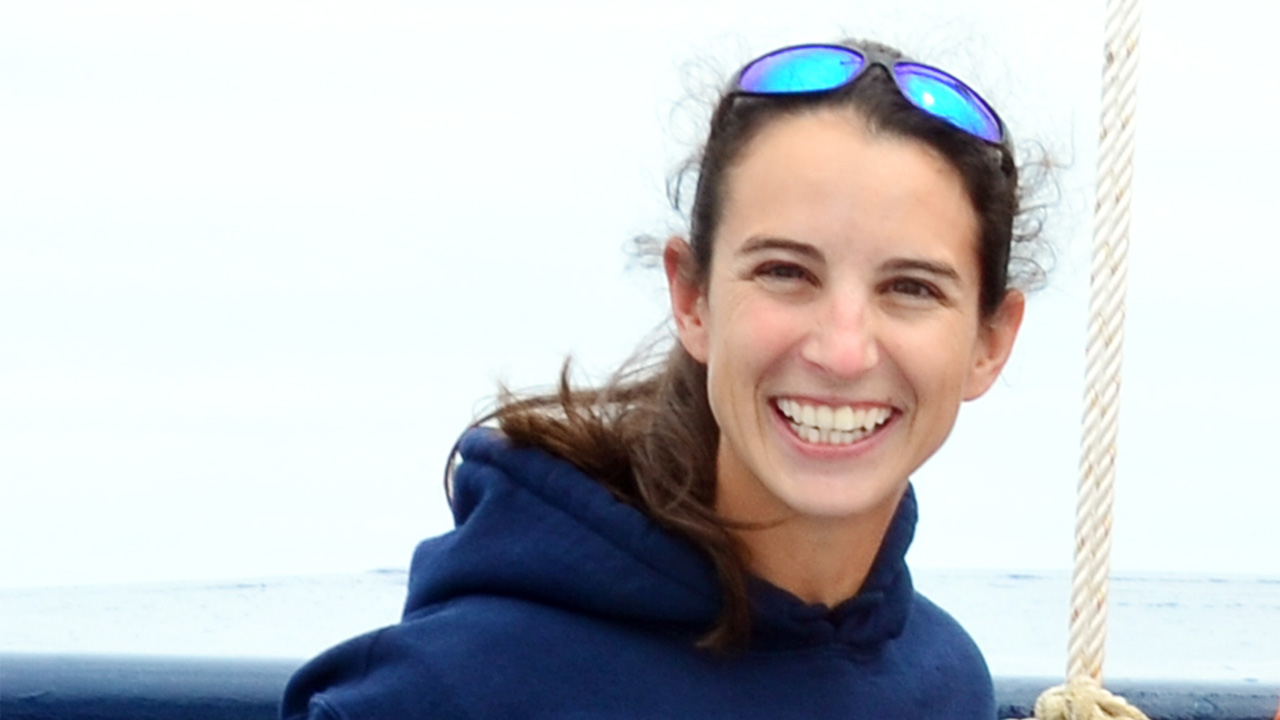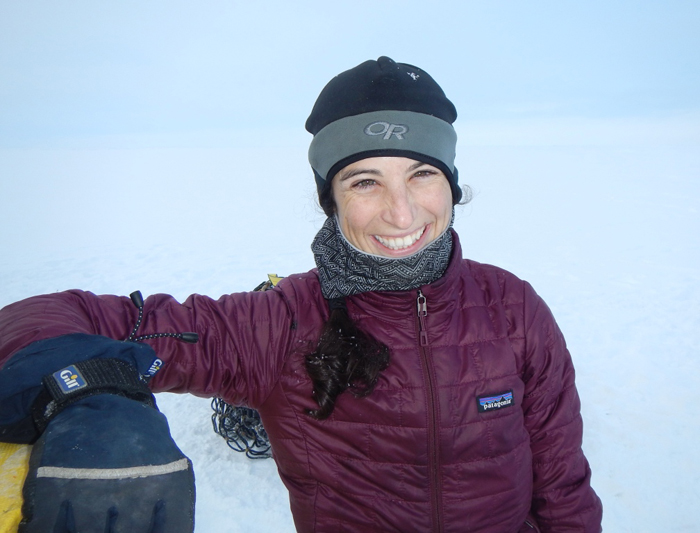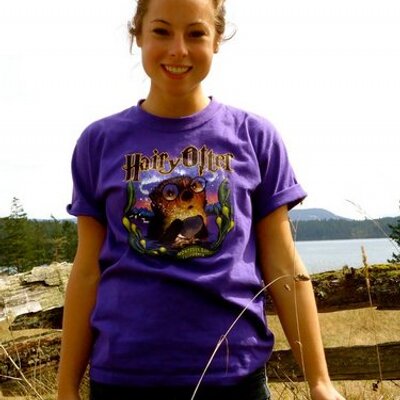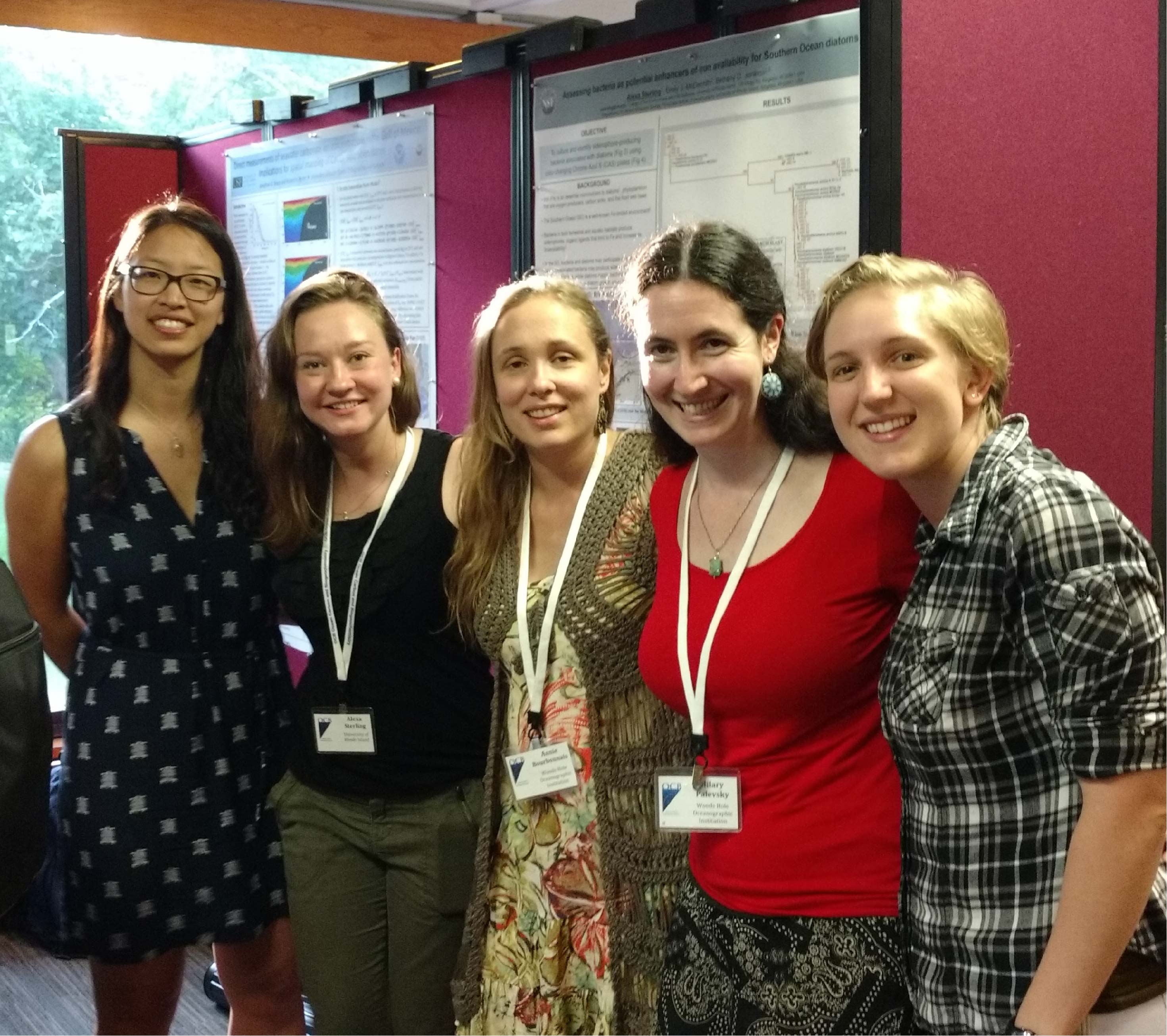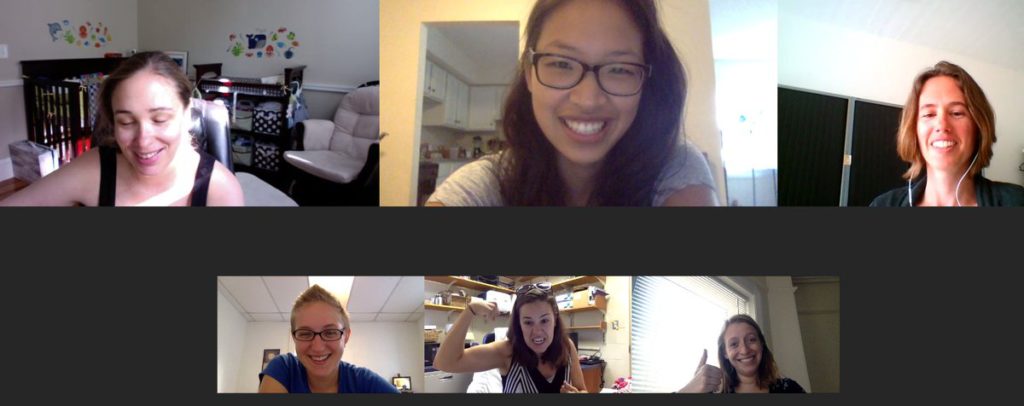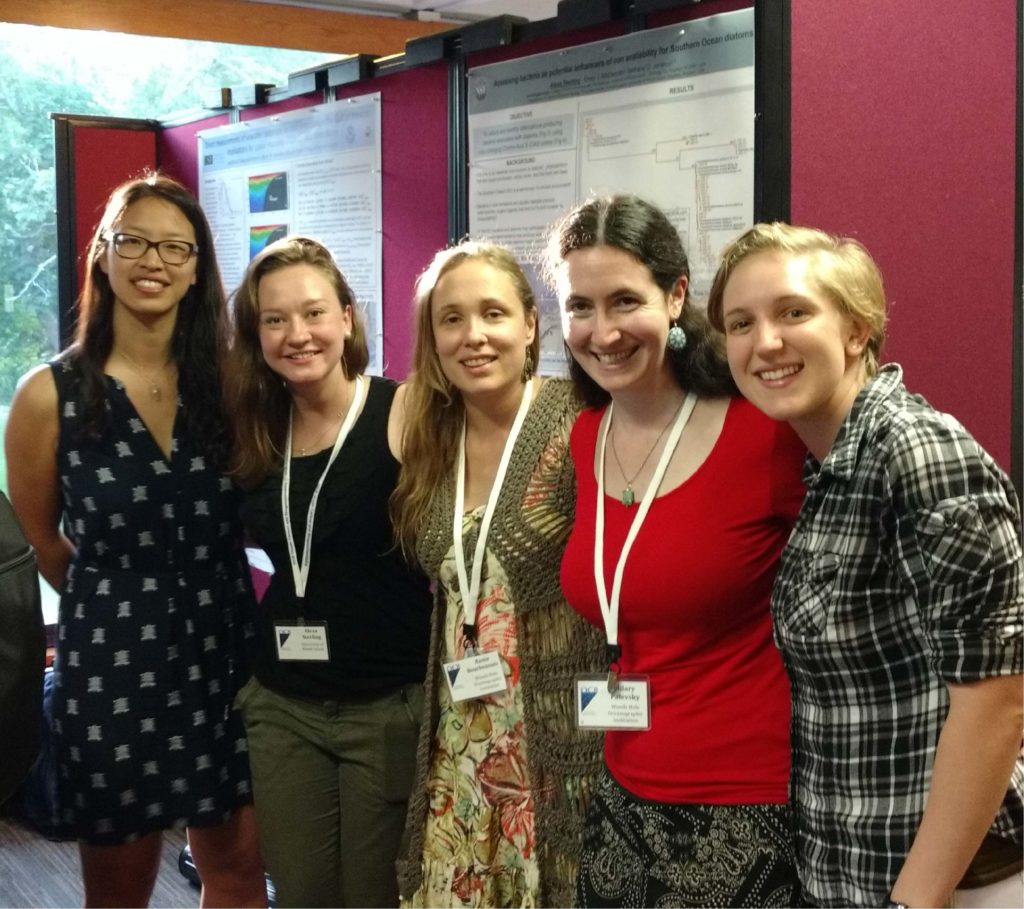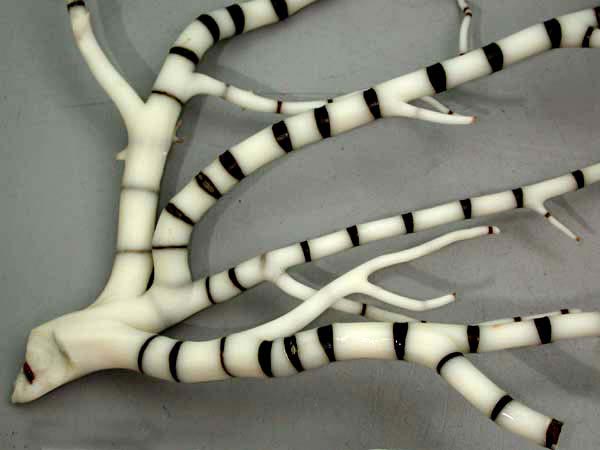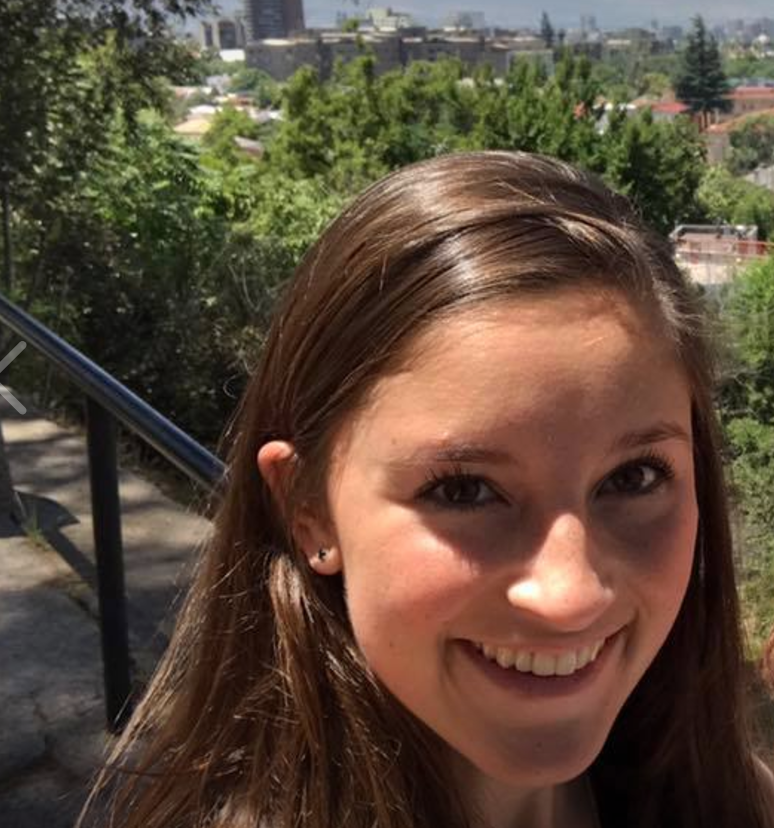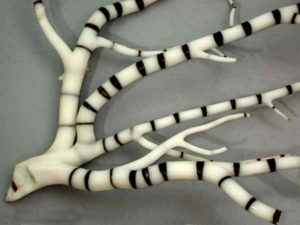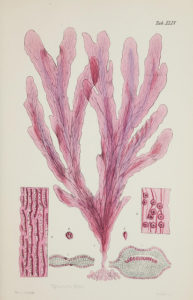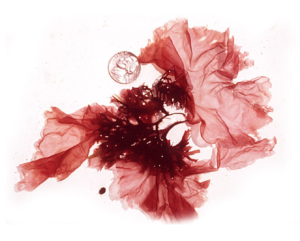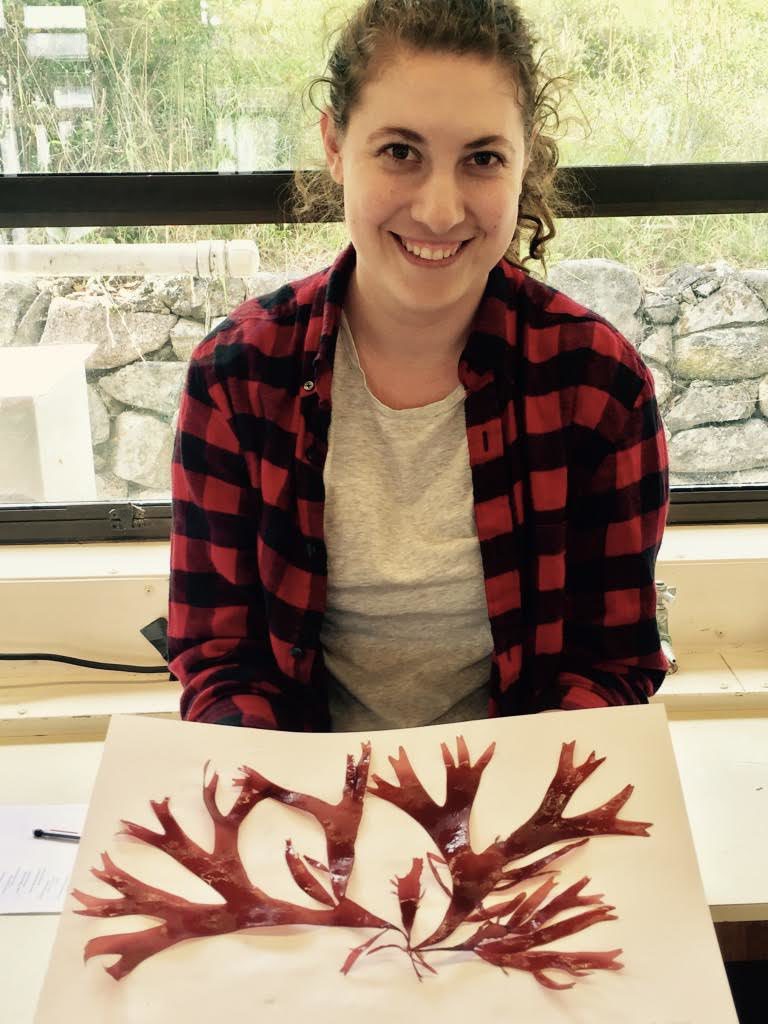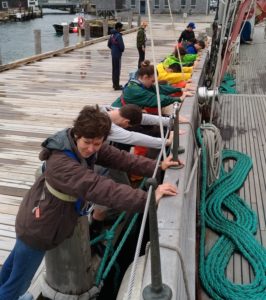
Disclaimer: There are many high quality and comprehensive guides to allyship and I particularly encourage would-be allies to read those written by people from marginalized groups, such as this one. Nonetheless, I think it may be useful to other male scientists to read this information, as compiled by someone from their own group. Please feel free to contact me at hdrake@mit.edu or leave an anonymous comment.
Why should we care if there are women in science?
There is no evidence of gender disparities in intrinsic aptitude of science and mathematics. Despite an intrinsic equality in scientific aptitude across genders, societal pressures and expectations cause girls’ perception that women can be scientists to plummet as they age. For example, 70% of girls at age 6 drew scientists as women compared to only 25% of girls at age 16. These results suggest that women are both intrinsically capable of and interested in being scientists but that societal forces push them away.
Besides the moral argument that women should have equal representation to men in science, including women in science also means better science. Inclusion of women in science increases the scientific talent pool and leads to a more competitive and competent scientific workforce. There is evidence that diverse groups are more creative and produce higher quality work than homogeneous groups. Under-representation of groups (by gender, sexuality, ethnicity, disability, geography, wealth, etc) in science also means biased science – and it demonstrably hurts public health. Medical and environmental sciences, for example, are famously sexist and racist in focusing on the problems afflicting white men.
As ocean science becomes increasingly tied to public health through human exploitation of the ocean, diversity and inclusion will become increasingly fundamental to doing good science. Dr. Sarah Myhre referred to this in a recent Ted talk:
If we don’t have the courage to stand up for our own humanity, how will we ever have the courage to stand up for the humanity of the people that science is meant to serve?
While inclusion efforts must exist for all under-represented groups, this blog focuses on strategies for the inclusion of women in science specifically, though many of the conclusions and strategies can be generalized.
What is allyship?
Writing for the Association for Women in Science, Aspen Russel provides the following definition of allyship:
Allies recognize unearned privileges in their personal lives and in the workplace. Allies act on inequalities by taking responsibility to end patterns of injustice. Allies do this through supporting others, using their position(s) of privilege to bring visibility and tangible change to the systemic issues that differentially impact individuals, groups, and communities. Effective allies recognize their own histories of oppression and use them as a tool to empathize with others without assuming shared experience or shared oppression. Being an ally is not an identity, it is a role.
How to be an effective ally
1. Listen to women
Efforts to improve inclusion of women in science must be centered around women. Men have no way of understanding the barriers facing women in science nor of knowing effective strategies to overcome them without listening with purpose to the experiences of women. Being an effective listener involves three tasks: 1) actively listening to and processing what women say, 2) believing what women say, and 3) shutting up – except to confirm that you understand through rephrasing, clarifying questions, or other active listening techniques. Listening to lived experiences is not like listening to a scientific talk, when you consider flaws in the methodology or room for improvement – experiences are someone’s individual truth and thus inherently valuable. The simple act of listening to and acknowledging the barriers women face in science is validating and makes a community more supportive and inclusive. If your department’s women’s group (e.g., mine) has open meetings or your conference has a plenary talk about diversity and inclusion, I encourage you to attend, listen, and reflect.
Hi #Goldschmidt2018 if you aren’t at the plenary rn then don’t tell me you care about diversity and equity 😚
— Dr. Phoebe Cohen is pro-abortion (@PhoebeFossil) August 15, 2018
Listening also includes reading, and the onus is on men to actively search out and read about the experiences and recommendations of women. A good start is to read the National Academies’ 2018 report on Sexual Harassment of Women: Climate, Culture, and Consequences in Academic Sciences, Engineering, and Medicine.
2. Don’t harass women
Sexual harassment leads to a variety of negative consequences for victims, creates a hostile work environment, and slows the scientific productivity of harassed scientists. Many organizations now recognize the harmful effects of sexual harassment on science and include scientific harassment as a harm of scientific misconduct. One way to be part of the solution of sexual harassment is to stop personally being part of the problem. For this purpose, it is convenient to separate sexual harassment into A) unwanted sexual attention and touching, and B) gender discrimination, although the separation is not always clear.
A) Unwanted sexual attention and touching (Come-ons)
Unwanted sexual attention (and the less common sexual coercion) includes everything from insidious verbal remarks to physical sexual assault. It should not need to be said, but all of these are unacceptable behavior and illegal under federal civil rights law (Title IX). Sexual encounters between unequal parties (e.g., professor and student or teaching assistant and student) are always inappropriate due to the inherent hierarchical power structures in academia, even if superficially “consensual”. Comments about a women’s appearance or sexually-explicit jokes do not belong in the workplace. Allies should gauge their women colleagues’ comfort levels in response to such remarks and be prepared to step in as active bystanders (see Section 3).
B) Gender discrimination (Put-downs)
Gender discrimination includes sexist hostility and crude behavior, but also takes less obvious forms. For example: exhibiting implicit bias against women in writing recommendation letters, providing less financial and mentoring support for newly hired women than for identically-qualified men, and forcing women out of science due to pregnancy. Many men are not aware of gender discrimination happening around them or that they are personally guilty of it, which is another reason why listening to women is so important. Allyship means acknowledging your own mistakes – I’ve made many – and learning how to avoid making them in the future – I’ve made concrete and conscious efforts to avoid some of them.
Prevalence and characteristics of sexual harassment
According to a recent survey (N=324), 65% of female graduate students experience sexual harassment during graduate school (of which faculty/staff perpetrate one-third and students perpetrate two-thirds). Contrary to public perception, sexual harassment is not all about sex; gender discrimination accounts for the overwhelming majority of sexual harassment. Unwanted sexual advances are also more often verbal than physical. Gender discrimination represents 65% of these sexual harassment incidents, compared to 15% for unwanted sexual attention and 9% for unwanted touching. The survey also links sexual harassment to harm: sexual harassment by both faculty/staff and students is associated with decreased perceptions of safety and sexual harassment by faculty/staff in particular is associated with perceptions of institutional betrayal.
3. Be an active bystander
Being an ally involves not only acknowledging your own mistakes and their consequences, but also those of others in your privileged group. An ally is an active bystander, someone who witnesses harassment or discrimination and actively steps in to diffuse the situation and support the targeted party. Harassers should be directly confronted or called out so long as victims are not put in more danger by these actions. The priority of an active bystander is always to support the targeted party and ensure their safety rather than punish the perpetrator. This can be as simple as asking them if they are okay or if there’s anything you can do to help. Everyone should take an active bystander training course to learn specific strategies for both diffusing situations and supporting targeted parties.
Active bystanders constantly pay attention to social interactions around them and step in when someone is uncomfortable or in danger. For example, an active bystander might interrupt an aggressive conference questioner by suggesting to move on to another question “in the interest of time” or they might make up an excuse for a friend to leave a room to stop a potential sexual assault before it occurs.
Being an active bystander also means knowing the relevant resources so that you can adequately provide help. Every ally should at the very least be able to refer a victim to the Rape, Abuse, & Incest National Network (RAINN) and be able to provide the number 1-800-656-4673 for the National Sexual Assault Telephone Hotline. Another good resource is an Ombuds’ office, which is an independent, confidential, neutral party tasked with resolving disputes within an institution.
4. Support women-led inclusion efforts
Allyship is inherently a supportive role rather than a leadership role. Men should work jointly with women when shaping inclusion efforts. While women often emerge as natural leaders of such efforts, such leadership roles are often time-intensive and can act as further drag on the scientific productivity of women, which is counter-productive. This is where male allies can step in and share the burden of the behind-the-scenes, time-intensive, and unglamorous grunt work that underpins all inclusion efforts.
I hope you can persuade white men to attend; only when "diversity" events are not just women and under-represented minorities will things actually start to change!
— Dr Sonya Legg (@SonyaLegg) July 18, 2018
Allies should also acknowledge that inclusion work may in some cases be more effectively done by women. For example, the Mentoring Physical Oceanography Women to Increase Retention (MPOWIR) program tries to match mentees and mentors by gender in recognition of evidence that same-gender mentoring is both personally important to students and results in more effective mentoring. Male allies must walk the line of equitably contributing to inclusion efforts without imposing their male vision of what including women means.
5. Engage with and promote the science of women scientists
It is past time to break up the “Old Boys Club” that leads to men (both explicitly and implicitly) amplifying the science of other men in an endless cycle that excludes equally competent – or more competent – women. Not only is this unfair to women and hurts their career advancement, but it also means that both scientists and the public are missing out on the science of brilliant women. Too often are there high-profile studies that are authored, edited, reviewed, and commented on in the media exclusively by men.
Thankfully, women have done some of the hard work in addressing the last of these categories for us by compiling a list of women scientists across all fields who have volunteered for media comments (follow the link to sign yourself up). Some male allies have also set a precedent by making and, crucially, measuring efforts to diversify their sources. Over a two-year period, Ed Yong increased the proportion of women quoted in his articles at The Atlantic from 25% to 50% by making a conscious effort to correct his implicit bias towards quoting men. Similarly, Michael White has made a conscious effort to keep the proportion of women he assigns as reviewers at Nature and the proportion of women guests on his podcast near 50%. Recent twitter threads of scientists tallying their coauthor gender balance and recognizing room for improvement are similarly encouraging.
Academics in #STEM : take a look at your CVs. What is your ratio of female vs male collaborators/co-authors? Is it the ratio of women:men in your field today, 20 years ago, or what you want the ratio to be like in the future?
— Jane Willenbring 🌱 (@jkwillenbring) July 24, 2018
6. Exercise your power to implement policies that support women in science
Positions of power in science are overwhelmingly held by men. As of 2004, women represent less than 10% of STEM department heads. The responsibility of implementing policies to support women in science thus rests predominantly on men. Based on the findings of the National Academies’ report on Sexual Harassment of Women and their recommendations for government policies, I recommend the following concrete policies for leaders at academic institutions to implement:
A) Prioritize the reintegration of harassment victims over the rehabilitation of perpetrators
Institutions must abandon their habit of protecting male sexual harassers over their women victims. It is absurd that victims are often forced out of their institutions and science in general while their harassers keep their jobs or are simply allowed move to another institution. Men must work with women to implement policies at both the governmental and institutional levels that protect and reintegrate victims first and then punish harassers. More concretely, institutions should develop clear, accessible, and consistent policies on sexual harassment. Sexual harassment policies should include clear and appropriate consequences for perpetrators found to have violated sexual harassment policies and / or law. Consequences should escalate based on the frequency and severity of harassment and should not be potentially beneficial, such as being given paid leave or a reduced teaching load.
B) Incentivize diversity and inclusion work
Women in science spend countless hours working making science more diverse and inclusive, often without tangible reward. These efforts contribute to the growth and improvement of departments in a similar manner to mentoring and teaching, both of which are already rewarded. Institutions should incentivize this diversity and inclusion work by acknowledging it as a positive contribution in tenure packages and by creating awards specifically for diversity and inclusion efforts. For example, institutions can participate in the STEM Equity Achievement (SEA) Change program, which provides metrics to evaluate institutional efforts to increase diversity and inclusion.
C) Require face-to-face active bystander training
Evidence shows that online sexual harassment trainings not only do not work, they can actually backfire and lead to more workplace harassment. Instead, experts recommend face-to-face active bystander trainings.
7. Nominate, hire, appoint, and elect women in science
Finally, the only way to make lasting progress is to make science equitable at all levels. While women are now the majority of undergraduates and graduate students in science, they still lag significantly behind men among tenured faculty, note data is for all fields and probably even worse for STEM, but I had trouble finding recent numbers). Similarly, awards and leadership positions are increasingly skewed towards men as the prestige of the award and influence of the position increases. Men must join women in making conscious efforts to nominate women for awards, hire them for their departments, appoint them to prestigious panels and committees, and elect them to positions of power.
It's not too late to nominate a woman for @theAGU Fellow or Macelwane Medal. I'm involved in 5 packages. And you? https://t.co/0U2DqD8WCc deadline 3/15
— Dr. Kim Cobb (@coralsncaves) February 21, 2018
Concluding thoughts
Allyship means constantly exercising all of the above and more, while asking nothing in return besides the benefit of improving the experiences of women in science and the scientific process as a whole. It means supporting the women scientists around you and relishing in their success. It means having no tolerance for men who harass, belittle, or exclude women. I joined the SWMS symposium planning committee in order to both contribute to the actual planning of the symposium and to signal to other men that they should participate in, contribute to, and register for the SWMS symposium and similar efforts to include and support women in science.
I hope you can persuade white men to attend; only when "diversity" events are not just women and under-represented minorities will things actually start to change!
— Dr Sonya Legg (@SonyaLegg) July 18, 2018
At the end of the day, women just want to be able to do science and men need to stop holding them back and start helping.
I want future female deckhands, technicians, captains and other professionals to expect without hesitation that they, too, can embrace science and the sea. – Dr. Julia O’Hern
Acknowledgments: The content here relies heavily on the cited references, resources compiled by 500WomenScientists, Dr. Kathryn Clancy’s recent talk at WHOI on Sexual Harassment, and various trainings and discussions led by Women in Course 12 at MIT (WiXII). I thank members of the SWMS planning committee for extensive and constructive feedback.
